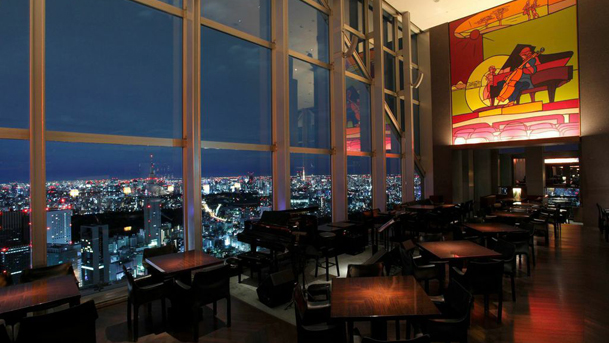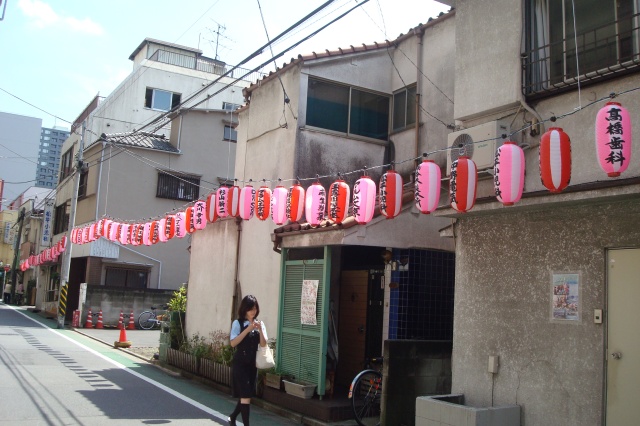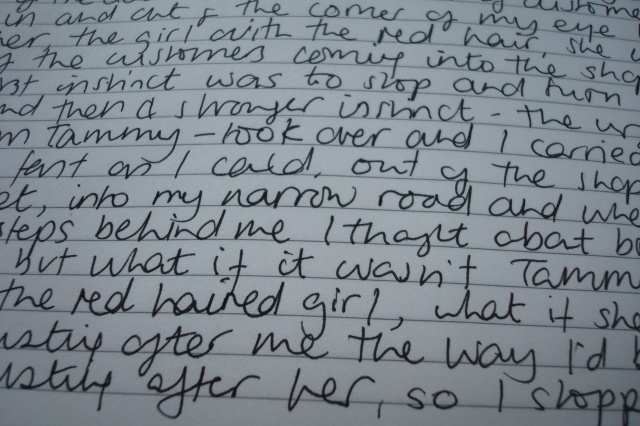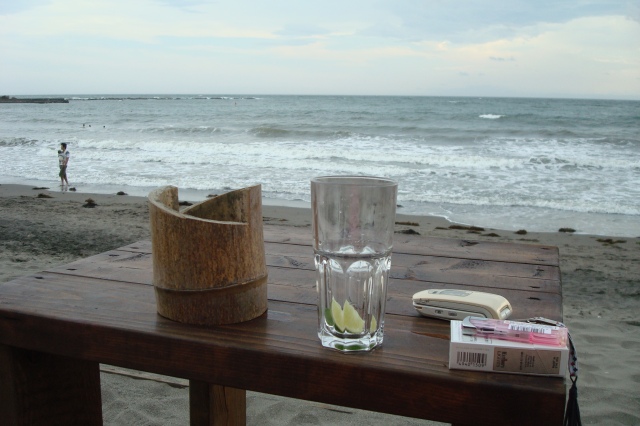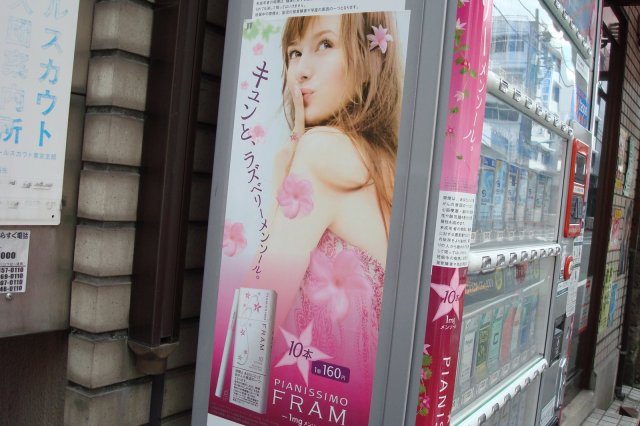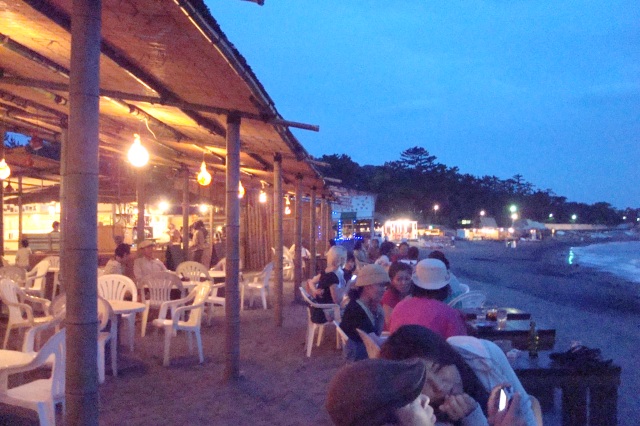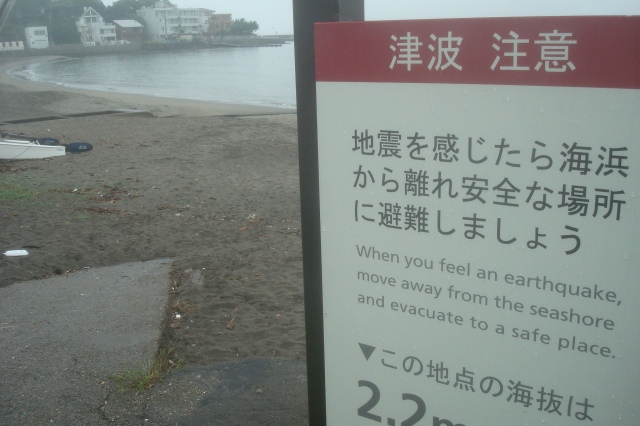
Japan is a country of natural disasters. Earthquakes, volcanos, typhoons, tsunamis. Earthquakes particularly, and particularly in Tokyo, which is built “atop the junction of three tectonic plates” (thanks, National Geographic), and is constantly shifting around. During the fifteen years I lived in Tokyo I became reasonably blasé about the regular tremors, although there would always be that split second where you’d think, oh shit, this is the big one. But it never was. Until it was. A cold, grey March afternoon, my seventh floor flat rolling and pitching like a ship on a stormy sea. I thought I was going to die. Then the equally terrifying aftermath: tsunami, nuclear meltdown, food and water shortages, constant aftershocks, and the names of the dead, thousands of them, scrolling along the bottom of the TV screen in the days that followed.
There are no earthquakes in my Bath Novel Award shortlisted novel You’re Beautiful, which is set in Japan. But the climactic final scene takes place in a typhoon—such a regular phenomenon of late summer and early autumn that there is nothing in my typhoon description that would make the reader connect the event to a particular year. In fact the story, which I started writing in 2008 and finished a few years later, didn’t mention any dates. It was just vaguely contemporary. When the first draft of the book was written and I was making sure the ages of the characters were consistent, I decided on 2008 as the year when the story took place, but I didn’t feel the need to make the date explicit to the reader. Little did I know that I would have to wait for nine years for the book to be taken on by an agent. And my super-sharp agent quite rightly thought it was odd that the story should take place in 2008 for no reason other than that was when I first put finger to keyboard. After some discussion we settled on the summer of 2011, a date that has some relevance to the life of lonely misfit John Lennon Tanaka, the protagonist of You’re Beautiful. And following my agent’s advice I inserted some references to key events of that year: the royal wedding, the death of Amy Winehouse, and the Tohoku earthquake and tsunami, which was exactly six years today.
He flicks through the channels on the tiny television, pausing for a moment on footage of a wintry town gradually disappearing beneath a roiling surge of icy grey water. The after-effects of the earthquake, tsunami, and nuclear meltdown that had struck northeastern Japan five months ago still dominate the news. On the day he’d arrived here at the end of April, the first thing he’d seen when he switched on the TV was a huge wave breaching a sea wall. He’d spent several jetlagged hours channel surfing between images of tsunami devastation, of nuclear reactors billowing white smoke, and the surreal pantomime of the wedding of William and Kate, which had just taken place. He was no royalist, but on that day he found something inspiring in the wedding ritual, with its vows of love and unity. It seemed to him like a beacon of hope amidst the barrage of apocalyptic scenes, and a message that his own hopes and dreams had every chance of coming true.





